Home>Garden Essentials>How Should Turf Grass Be Watered
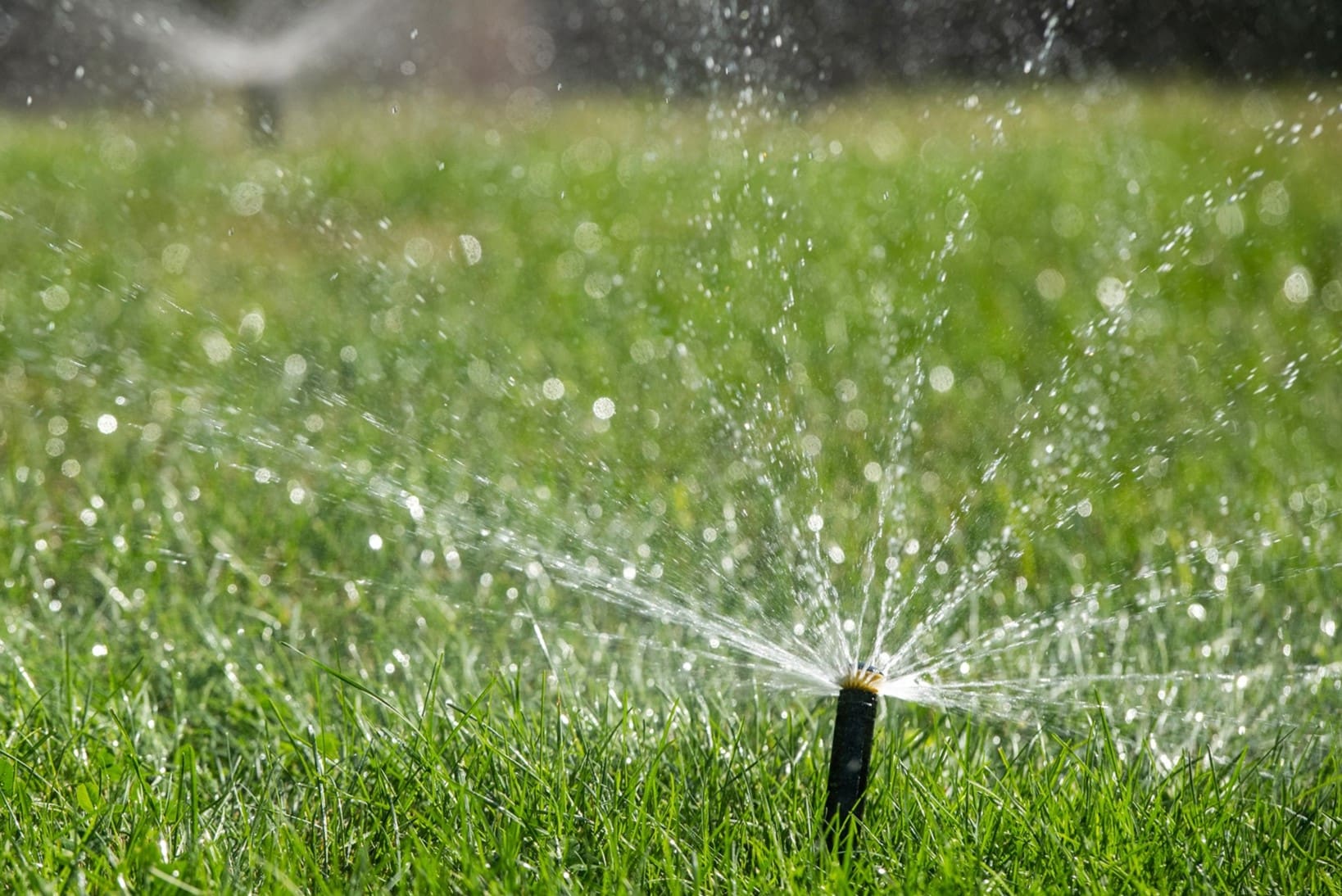

Garden Essentials
How Should Turf Grass Be Watered
Modified: March 7, 2024
Get expert tips on watering your garden's turf grass to keep it healthy and vibrant. Learn the best practices for water conservation and maintaining a lush and green lawn.
(Many of the links in this article redirect to a specific reviewed product. Your purchase of these products through affiliate links helps to generate commission for Storables.com, at no extra cost. Learn more)
Introduction
Welcome to the world of turf grass! Whether you have a sprawling lawn or a small backyard, properly maintaining your turf grass is essential to keeping it healthy and lush. One of the key factors in maintaining a beautiful lawn is ensuring it receives the right amount of water. In this article, we will explore the importance of properly watering turf grass, the factors to consider before watering, and the best practices to follow to ensure your grass thrives.
Properly watering your turf grass is crucial for several reasons. Firstly, it promotes healthy root development, allowing your grass to withstand periods of drought and stress. Additionally, it helps prevent diseases and pests that often thrive in over-watered or under-watered lawns. By adopting the right watering techniques, you can achieve the perfect balance of moisture and nutrients for your turf grass, creating an inviting and vibrant outdoor space for you and your family to enjoy.
Before we dive into the best watering practices, it’s important to consider a few key factors that can influence your watering routine. Understanding these factors will help you tailor your approach to match the unique needs of your turf grass, ensuring optimal growth and vitality.
Key Takeaways:
- Properly watering turf grass is essential for healthy growth, preventing diseases, and conserving water. Consider factors like grass type and soil drainage, and water deeply and infrequently for best results.
- Avoid common watering mistakes like over-watering and inconsistent watering to ensure your turf grass thrives. Adjust your watering schedule based on the season and monitor soil moisture regularly for a lush, vibrant lawn.
Importance of Properly Watering Turf Grass
Proper watering is crucial for the health and longevity of your turf grass. When done correctly, it provides the necessary moisture for root development, nutrient absorption, and overall growth. Here are a few reasons why properly watering your turf grass is so important:
- Promotes Healthy Root Development: Watering your turf grass deeply and infrequently encourages the roots to grow deep into the soil. This not only helps the grass withstand periods of drought, but also makes it more resilient to stressors such as foot traffic and extreme temperatures.
- Prevents Diseases and Pests: Over-watering can create an ideal environment for fungal diseases, while under-watering weakens the grass and makes it susceptible to pests. By watering correctly, you can avoid these issues and maintain a pest- and disease-free lawn.
- Enhances Nutrient Uptake: Water acts as a carrier for nutrients, allowing the grass to absorb them effectively. Without proper watering, the grass may struggle to take up essential minerals and macronutrients, leading to nutrient deficiencies and poor overall health.
- Maintains Aesthetic Appeal: Well-watered turf grass appears vibrant and lush, creating an attractive and inviting outdoor space. On the other hand, under-watered or over-watered grass can become brown, patchy, and unappealing.
- Conserves Water: Proper watering techniques can help conserve water by avoiding wastage and ensuring that only the right amount of water is used. This is not only beneficial for the environment but also helps reduce water bills.
By understanding the importance of properly watering turf grass, you can create the optimal conditions for your lawn to thrive. However, it’s essential to consider various factors that can influence your watering routine. Let’s explore these factors in the next section.
Factors to Consider Before Watering
Before you reach for the sprinkler, it’s essential to assess several factors that can influence your watering routine. By taking these factors into account, you can ensure that your turf grass receives the right amount of water at the right time. Here are some key factors to consider before watering your lawn:
- Grass Type: Different types of turf grass have different water requirements. Warm-season grasses like Bermuda grass and zoysia grass thrive in hot and dry climates, while cool-season grasses like Kentucky bluegrass and tall fescue prefer cooler temperatures and more moisture. Understanding your grass type will help you determine its specific watering needs.
- Soil Type and Drainage: The type of soil in your lawn can affect how water is absorbed and retained. Sandy soils drain water quickly, while clay soils retain moisture for longer periods. Understanding your soil type and its drainage characteristics will help you determine the appropriate amount of water and frequency of watering.
- Weather Conditions: The weather plays a significant role in determining when and how much to water your turf grass. If you live in an area with high temperatures and low humidity, you may need to water more frequently. On the other hand, cooler and more humid climates may require less frequent watering. Keep an eye on weather forecasts and adjust your watering schedule accordingly.
- Time of Year: Turf grass water requirements can vary throughout the year. During the growing season, typically in spring and fall, the grass requires more water to support its active growth. In contrast, during dormant periods, such as winter for warm-season grasses, watering can be reduced. Adapting your watering routine to the seasonal needs of your grass will promote its health and resilience.
- Depth of Roots: Understanding the depth of your turf grass roots is essential for efficient watering. As the roots grow deeper, they are better equipped to access moisture from the soil. Deep, infrequent watering encourages the roots to grow deeper, promoting a healthier and more drought-resistant lawn.
- Water Restrictions: Some areas may have water restrictions in place, limiting the amount or frequency of watering allowed. It’s important to be aware of any local water regulations and adjust your watering practices accordingly to comply with these restrictions.
By carefully considering these factors, you can tailor your watering routine to meet the specific needs of your turf grass. In the next section, we will explore the best practices for effectively watering your lawn.
Best Practices for Watering Turf Grass
Proper watering techniques are essential to maintain the health and vitality of your turf grass. By following these best practices, you can ensure that your lawn receives the right amount of water while minimizing wastage:
- Water Deeply and Infrequently: Instead of frequent shallow watering, it’s better to water deeply and less frequently. This encourages the roots to grow deeper into the soil, making the grass more resilient to drought and stress. Aim to water your lawn to a depth of 6 to 8 inches, as this will promote healthy root development.
- Water in the Morning: Watering your lawn in the early morning is ideal because it allows the grass to dry before evening, reducing the risk of fungal diseases. Watering during the cooler hours of the morning also reduces water loss due to evaporation.
- Use the Right Amount of Water: It’s important to provide your turf grass with the appropriate amount of water. Too little water can result in a weak and shallow root system, while over-watering can create an environment for diseases and pests. Aim for 1 to 1.5 inches of water per week, including rainfall.
- Ensure Even Coverage: Make sure that the water is evenly distributed across your lawn. Uneven watering can lead to patchy areas of over-watering or under-watering. Adjust your sprinklers or irrigation system to ensure complete and consistent coverage.
- Pay Attention to Runoff: If you notice water pooling or runoff occurring, this is a sign that you’re applying water too quickly. To prevent runoff, water in shorter cycles with breaks in between to allow the soil to absorb the water effectively.
- Consider Watering by Hand: For small areas or localized dry spots, hand watering can be a more precise and efficient method. Use a watering can or hose with a nozzle to deliver water directly to the areas that need it the most.
- Monitor Soil Moisture: Keep an eye on the moisture level of your soil. Insert a screwdriver or a moisture probe into the ground to assess the moisture content. If the soil feels dry to a depth of 4 inches, it’s time to water.
- Adjust for Rainfall: Take into account any rainfall when determining your watering schedule. If significant rainfall occurs, you may need to reduce or skip a watering cycle to avoid over-saturating the soil.
- Regularly Inspect and Maintain Your Irrigation System: If you have an automatic irrigation system, ensure that it is functioning properly. Check for leaks, clogged sprinkler heads, or misaligned sprayers. Regular maintenance will help optimize water distribution and prevent water waste.
By following these best practices for watering your turf grass, you can foster healthy growth, conserve water, and maintain a vibrant and lush lawn. Next, let’s explore how to determine the right amount of water for your turf grass.
Determining the Right Amount of Water
Knowing how much water your turf grass needs is crucial to maintain its health and vitality. While there are general guidelines, it’s important to consider the specific conditions of your lawn to determine the right amount of water. Here are some methods to help you calculate the appropriate watering depth:
- Can Test: Place several empty cans or containers (such as tuna cans or measuring cups) throughout your lawn. Run your sprinklers or irrigation system for a set duration. Measure the amount of water collected in each container. Calculate the average depth of water across all containers. This will give you an approximation of how much water your sprinklers are applying in a given time period.
- Moisture Probe: Use a moisture probe or a screwdriver to assess the moisture depth in the soil after watering. Insert the probe into the ground and note the depth at which the soil feels moist. This will help you determine how far the water is penetrating the soil. Ideally, aim for a depth of 6 to 8 inches to encourage deep root growth.
- Evaporation Rate: Consider the evaporation rate in your area. Hotter and drier climates may experience higher evaporation rates, requiring more frequent watering. You can consult local weather data or use tools such as evapotranspiration (ET) rates to estimate the amount of water lost through evaporation.
- Sprinkler Efficiency: Determine the efficiency of your sprinkler system. Some sprinklers may distribute water more evenly than others, affecting the overall watering depth. Be aware of any areas that may receive more or less water and adjust your watering schedule accordingly.
- Grass Signals: Learn to read your turf grass for signs of stress or saturation. If the grass starts yellowing or shows signs of wilting, it may be an indication of under-watering. On the other hand, if the grass appears excessively wet or develops fungal diseases, it may indicate over-watering. Adjust your watering routine based on these visual cues.
Remember that these methods provide a starting point, and you may need to make adjustments based on your specific lawn and environmental conditions. Consistently monitoring and adjusting your watering practices will help you find the optimal balance for your turf grass’s water needs.
In the next section, we will discuss different irrigation methods and their suitability for watering turf grass.
Water turf grass deeply and infrequently to encourage deep root growth. Water in the early morning to reduce evaporation and minimize the risk of disease.
Read more: How Often Should We Water Grass
Choosing the Right Irrigation Method
Choosing the right irrigation method is essential for effectively and efficiently watering your turf grass. Different methods have their advantages and considerations, so it’s crucial to select the one that suits your lawn’s needs and resources. Here are some common irrigation methods to consider:
- Sprinkler Systems: Sprinkler systems are widely used for watering turf grass. They provide even coverage and are suitable for both small and large areas. Depending on your lawn’s size and shape, you can opt for an in-ground sprinkler system or above-ground sprinklers. Adjusting the sprinkler heads’ direction and flow rate can help ensure that water is distributed evenly.
- Drip Irrigation: Drip irrigation is a water-conserving method that delivers water directly to the root zone of your turf grass. With drip irrigation, water is released slowly through emitters or tubing, reducing water waste and evaporation. This method is especially effective for narrow or irregularly shaped areas and can be automated for convenience.
- Soaker Hoses: Soaker hoses are porous hoses that allow water to seep out slowly along their entire length. They can be laid out throughout the lawn, providing a gentle and efficient way to water turf grass. Soaker hoses are particularly suitable for smaller areas or areas with low water pressure.
- Hand Watering: For small areas or specific dry spots, hand watering can be a precise and targeted method. Using a watering can, hose, or nozzle, you can deliver water directly to the areas that need it, ensuring efficient water usage. However, hand watering can be time-consuming, especially for larger lawns.
- Smart Irrigation Systems: Smart irrigation systems utilize technology and sensors to optimize water usage and adjust watering schedules based on weather conditions, soil moisture levels, and plant needs. These systems can help prevent over-watering and reduce water waste by providing water only when and where it’s needed.
When choosing your irrigation method, consider factors such as the size and shape of your lawn, water availability, efficiency, and your personal preferences. It’s also important to regularly inspect and maintain your irrigation system to ensure proper functioning and prevent any water wastage due to leaks or faulty equipment.
Keep in mind that no matter which irrigation method you choose, the key is to deliver water deeply and evenly. This encourages deep root growth and minimizes surface evaporation. Adjust your irrigation schedule based on the specific needs of your turf grass and the factors we discussed earlier.
In the next section, we will explore the timing and frequency of watering your turf grass to further optimize its health and growth.
Timing and Frequency of Watering
The timing and frequency of watering your turf grass play a crucial role in its overall health and resilience. Properly timing your watering sessions and maintaining a consistent schedule can help optimize water absorption and minimize water loss. Consider the following guidelines for timing and frequency:
- Early Morning is Best: Watering your lawn in the early morning, typically between 4 AM and 9 AM, is ideal. During this time, temperatures are cooler, winds are calmer, and the grass has ample time to dry before evening. Watering early in the day reduces the risk of fungal diseases and minimizes water loss due to evaporation.
- Avoid Watering in the Evening: Watering late in the day or in the evening can lead to prolonged moisture on the grass blades, providing an environment conducive to disease development. Wet grass overnight can facilitate fungal growth, leading to issues like brown patch and dollar spot. Aim to complete your watering routine by early morning.
- Consider Multiple Watering Sessions: If you have a large lawn, consider dividing your watering into multiple sessions. This allows the soil to absorb the water more effectively without causing runoff. For example, if you need to water for 30 minutes, split it into two sessions of 15 minutes each, with a break in between.
- Water Less Frequently, but Deeply: Instead of watering lightly every day, it’s better to water deeply and less frequently. Deep watering encourages the grass roots to grow deeper, enhancing their ability to access moisture from the soil. Aim to provide enough water to penetrate the soil to a depth of 6 to 8 inches.
- Consider Your Grass Type and Weather Conditions: Different grass types have varying water requirements. Warm-season grasses may require more frequent watering during hot summer months, while cool-season grasses may require less frequent watering. Adjust your watering schedule based on the specific needs of your turf grass and the prevailing weather conditions.
- Monitor Your Lawn’s Moisture Level: Regularly monitor the moisture level of your lawn to determine when it needs watering. Insert a screwdriver or moisture probe into the soil to assess the depth of moisture. If the soil feels dry to a depth of 4 inches, it’s time to water. Use these visual cues rather than relying solely on a predetermined schedule.
- Adjust for Rainfall: Take into account any rainfall your lawn receives when determining your watering schedule. If it has rained recently or rain is forecasted, you may need to adjust your watering routine or skip a session altogether. This prevents over-saturating the soil and wasting water.
Adapting your watering schedule to the specific needs of your turf grass, grass type, and environmental conditions will help maintain optimal health and growth. Remember that consistency is key, as irregular watering can lead to uneven growth patterns and shallow root systems. Establishing a routine and adhering to best practices will ensure long-term success for your lawn.
In the next section, we will explore how to manage watering your turf grass in different seasons, as their water requirements can vary.
Managing Watering in Different Seasons
As the seasons change, so do the water requirements of your turf grass. Understanding how to adjust your watering routine in different seasons will ensure that your lawn remains healthy and vibrant throughout the year. Consider the following guidelines for managing watering in different seasons:
- Spring: Spring is a crucial time for turf grass growth as it emerges from winter dormancy. As temperatures rise and the grass begins to actively grow, increase the frequency and duration of watering sessions. Ensure that the soil remains consistently moist, but avoid over-watering, as this can lead to shallow root development.
- Summer: Summer is often associated with high temperatures and increased water evaporation. Watering needs will be higher during this season to mitigate the effects of heat stress on your lawn. Water deeply and provide enough moisture to prevent the grass from wilting or turning brown. Consider watering during the early morning or late afternoon to avoid excessive evaporation.
- Fall: In the fall, temperatures start to cool down, and the grass enters a period of slower growth. Adjust your watering schedule to account for the decrease in evaporation rate and the grass’s reduced water needs. Water deeply but less frequently to encourage the roots to continue growing deeper into the soil, preparing for the winter months.
- Winter: Depending on your location and grass type, winter may be a dormant period for your lawn. During this time, watering requirements are generally reduced. Water only if the soil becomes extremely dry, and be cautious of freezing temperatures that can result in ice accumulation. Avoid over-watering, as excess moisture can lead to fungal diseases.
Throughout all seasons, remember to monitor your lawn’s moisture level regularly. Factors such as rainfall, humidity levels, and regional climate can influence water requirements. Adjust your watering routine accordingly to provide the right amount of water your turf grass needs to thrive.
In addition to adjusting your watering routine, it’s essential to stay vigilant for any signs of stress or disease in your turf grass. Adjusting your watering practices accordingly can help address any issues and maintain a healthy and beautiful lawn year-round.
In the final section, we will discuss common mistakes to avoid when watering turf grass to ensure the best outcomes for your lawn.
Avoiding Common Mistakes in Watering Turf Grass
Proper watering is essential for the health and vitality of your turf grass. However, certain common mistakes can hinder the effectiveness of your watering routine and negatively impact the overall condition of your lawn. By avoiding these mistakes, you can ensure that your turf grass thrives. Here are some common mistakes to avoid:
- Over-Watering: One of the most common mistakes is over-watering. Providing excessive amounts of water can lead to shallow root growth, waterlogged soil, and increased vulnerability to diseases and pests. Avoid the temptation to water too often or for long durations. Instead, water deeply and less frequently to encourage deep root growth and water retention.
- Under-Watering: On the opposite end of the spectrum, under-watering can result in dry and stressed turf grass. Insufficient water can lead to brown patches, weakened root systems, and an overall unhealthy lawn. Monitor the moisture level of your soil regularly and adjust your watering routine to ensure your turf grass receives enough water to thrive.
- Inconsistent Watering: Inconsistent watering patterns can lead to uneven growth, patchy areas, and weakened turf grass. Establishing a consistent watering schedule is crucial for promoting healthy and uniform growth. Whether you choose to water manually or use an irrigation system, maintain a regular routine and ensure that water is applied evenly across your lawn.
- Watering at the Wrong Time: Timing is key when it comes to watering your turf grass. Avoid watering during the hottest part of the day as the water can quickly evaporate in the sun, leading to inefficient water usage and potential stress on the grass. Instead, opt for early morning watering when temperatures are cooler, winds are calmer, and the grass has time to dry before evening.
- Ignoring Rainfall: Failing to adjust your watering routine based on rainfall can lead to over-watering. Keep an eye on the weather forecast and skip or reduce watering sessions if significant rainfall is expected. Monitoring rainfall helps prevent water waste and ensures your lawn receives the appropriate amount of moisture.
- Misaligned Sprinklers: Misaligned sprinklers can result in water waste and uneven coverage. Regularly check your sprinkler heads to ensure they are properly aligned and not spraying onto hardscapes, such as driveways or sidewalks. Adjust or repair any misaligned or malfunctioning sprinklers to ensure efficient water distribution.
- Not Considering Grass Type: Different grass types have varying water requirements. Failure to consider your specific grass type when determining your watering routine can lead to over-watering or under-watering. Research and understand the specific needs of your grass variety to ensure proper watering practices.
- Not Monitoring Soil Moisture: Neglecting to monitor the soil moisture level can result in inadequate watering or unnecessary watering. Regularly check the moisture depth in the soil to determine when it’s time to water. Using a moisture probe or screwdriver, assess the moisture content of the soil at different depths to ensure proper watering depth and frequency.
- Ignoring Signs of Stress: Your turf grass may show signs of stress if it’s not receiving enough water. Look for indicators such as wilting, discoloration, or footprints that remain on the grass blades. Being observant and responsive to these signs will allow you to adjust your watering routine and mitigate any potential damage.
By avoiding these common watering mistakes, you can ensure that your turf grass receives the right amount of water at the proper time, leading to a healthy and vibrant lawn. Consistency, observation, and a proactive approach are key to successful watering practices.
Before we conclude, let’s summarize the key points discussed in this article:
- Proper watering is crucial for healthy turf grass growth, root development, and resilience.
- Consider factors such as grass type, soil type, weather conditions, and season when determining your watering routine.
- Water deeply and infrequently, aiming for a depth of 6 to 8 inches.
- Choose the right irrigation method based on your lawn’s size, shape, and water availability.
- Water in the morning to minimize evaporation and fungal diseases.
- Adjust your watering schedule and amount based on rainfall and the specific needs of your turf grass.
- Avoid common watering mistakes such as over-watering, under-watering, inconsistent watering, and ignoring signs of stress.
By following these guidelines, you’ll be well on your way to maintaining a lush, healthy, and vibrant lawn that will be the envy of the neighborhood.
Read more: How To Turf Grass
Conclusion
Properly watering your turf grass is a fundamental aspect of maintaining a healthy and vibrant lawn. By understanding the importance of watering, considering the factors that influence your watering routine, and following best practices, you can promote strong root development, prevent diseases and pests, enhance nutrient uptake, and maintain the aesthetic appeal of your yard.
Before watering, evaluate factors such as grass type, soil type and drainage, weather conditions, time of year, depth of roots, and any water restrictions in your area. These considerations will help you tailor your watering routine to meet the specific needs of your turf grass.
Best practices include watering deeply and infrequently, preferably in the early morning, to promote healthy roots and prevent moisture-related issues. Use the right amount of water, ensuring even coverage and avoiding runoff. Consider hand watering for smaller areas or localized dry spots, and regularly monitor soil moisture to determine when to water.
Choose the appropriate irrigation method for your lawn, whether it’s a sprinkler system, drip irrigation, soaker hoses, or hand watering. Adjust your watering schedule based on the changing seasons, as water requirements vary throughout the year. Avoid common mistakes such as over-watering, under-watering, inconsistent watering, and ignoring signs of stress.
By adopting these practices and avoiding common mistakes, you will be well-equipped to provide your turf grass with the optimal amount of water, promoting its health and vitality. Consistency and observation are key, along with adjustments based on your lawn’s specific needs and environmental conditions.
Remember, a flourishing lawn not only enhances the beauty of your outdoor space but also provides a welcoming environment for family activities, social gatherings, and relaxation. With proper watering techniques, you can create an inviting oasis that you can proudly enjoy throughout the year.
So go ahead, grab your watering hose or adjust your sprinkler system, and give your turf grass the love and care it deserves. Your efforts will be rewarded with a lush, vibrant, and envy-inducing lawn that will be the envy of the neighborhood.
Frequently Asked Questions about How Should Turf Grass Be Watered
Was this page helpful?
At Storables.com, we guarantee accurate and reliable information. Our content, validated by Expert Board Contributors, is crafted following stringent Editorial Policies. We're committed to providing you with well-researched, expert-backed insights for all your informational needs.
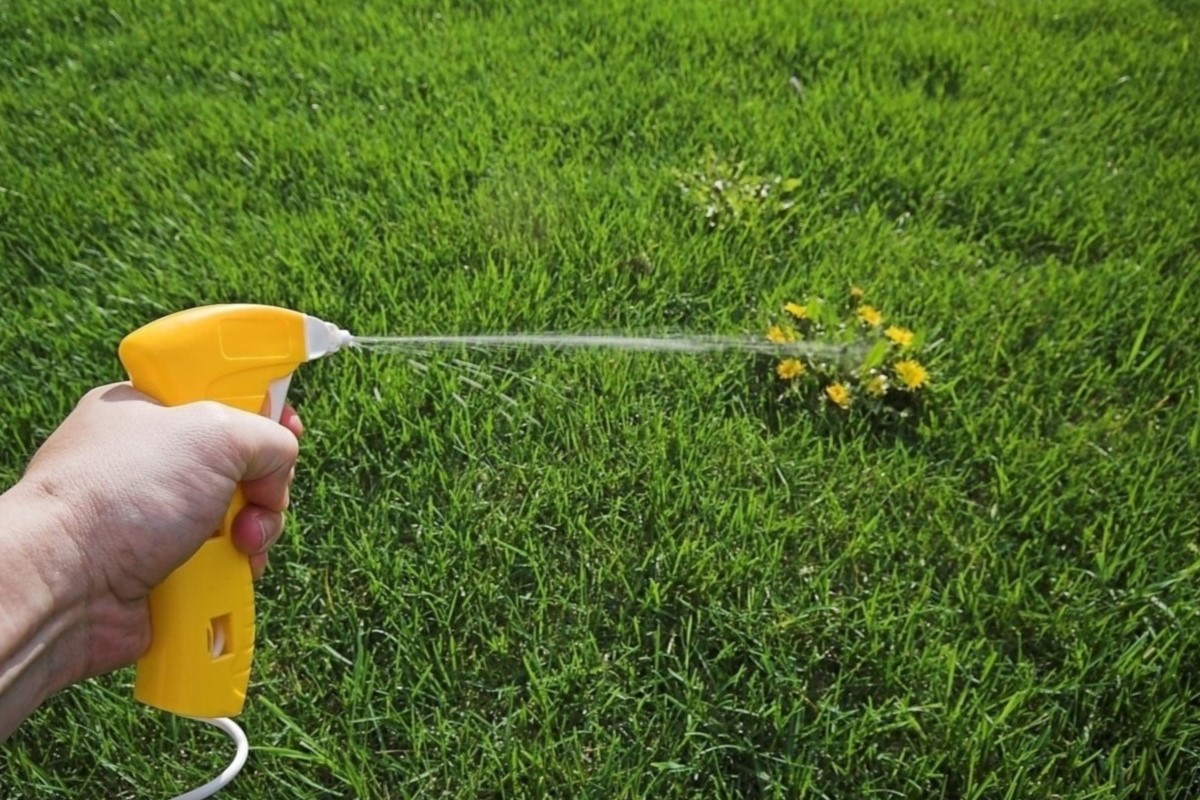
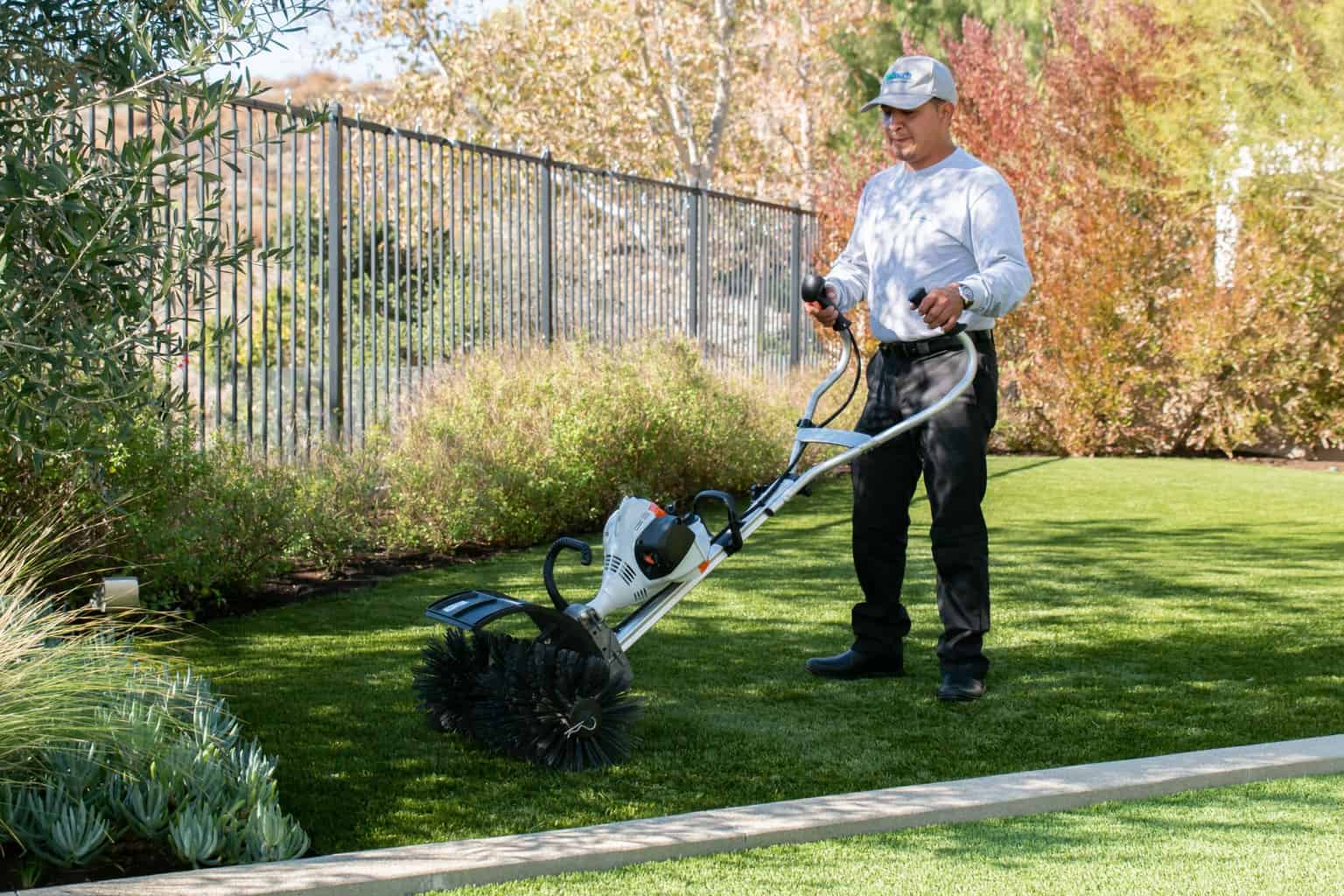
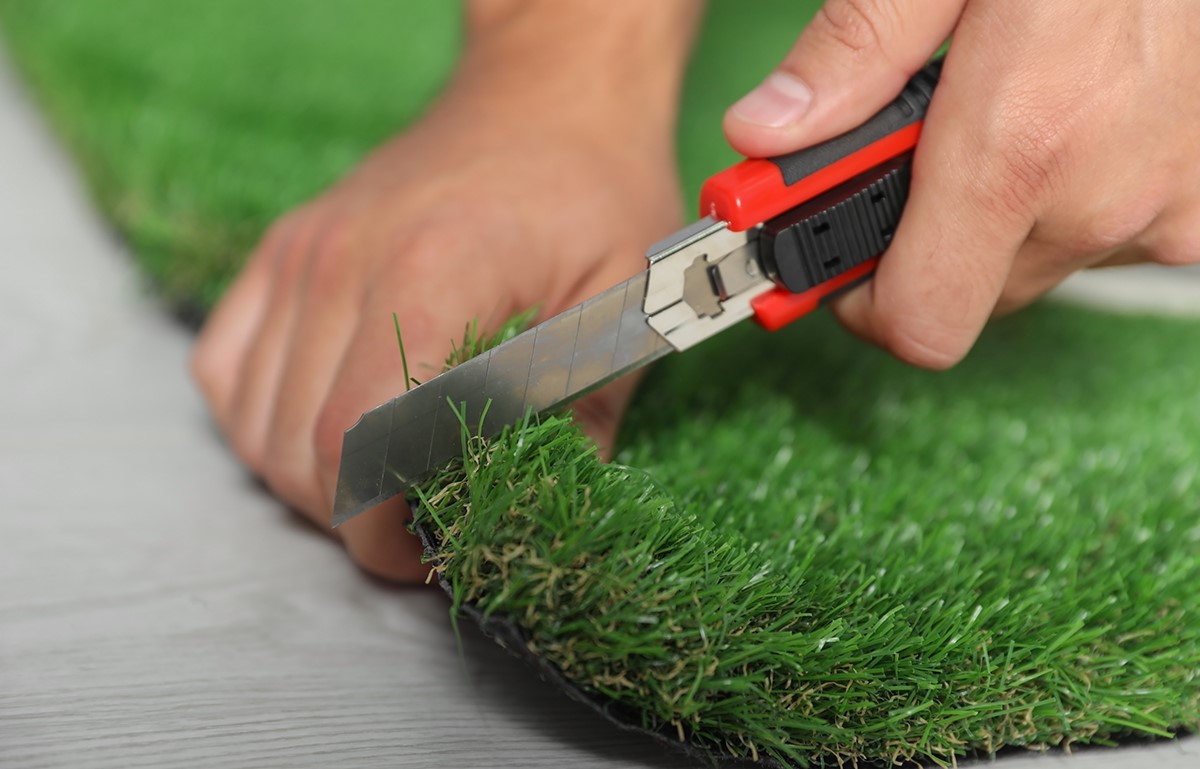
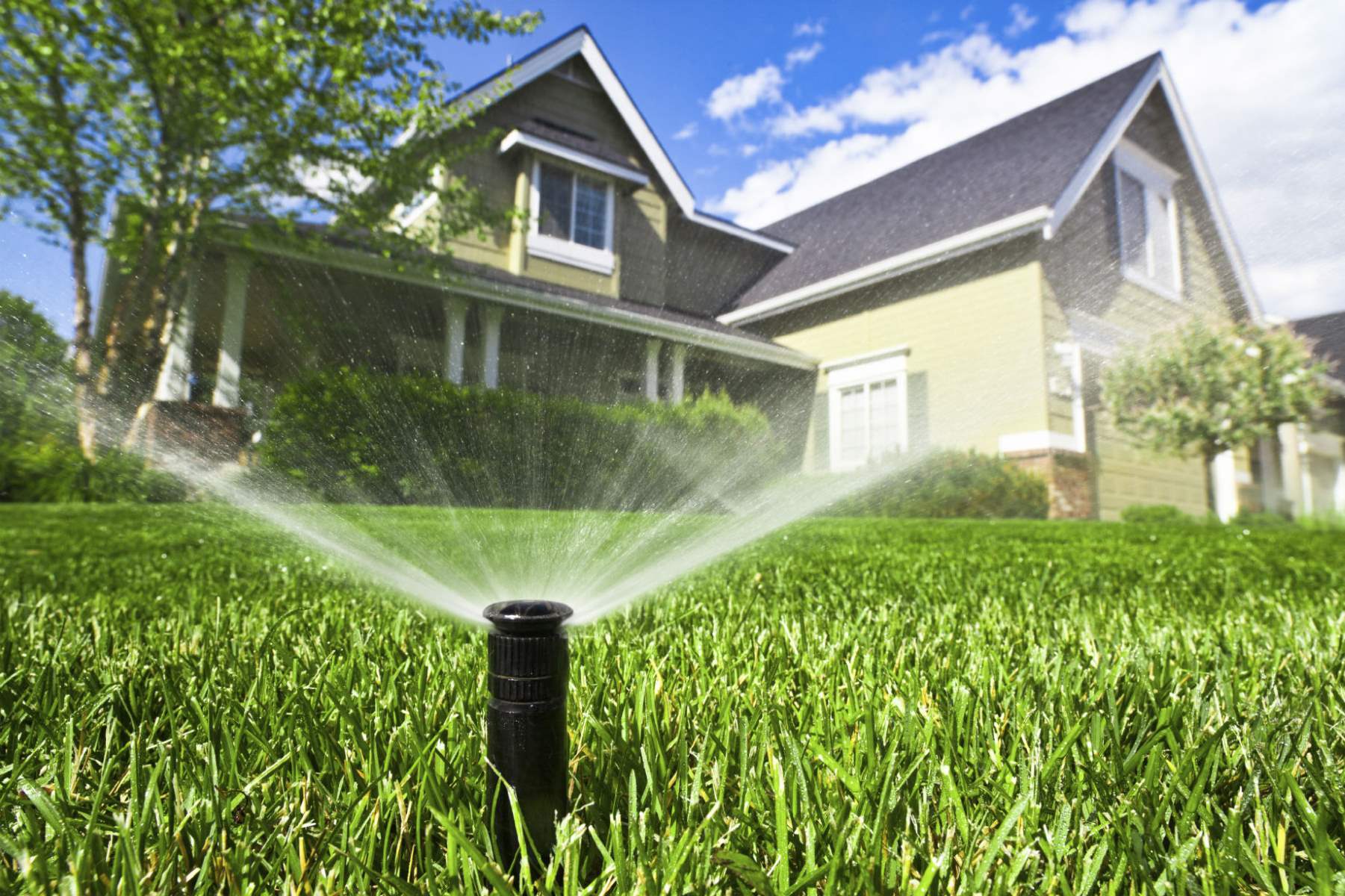
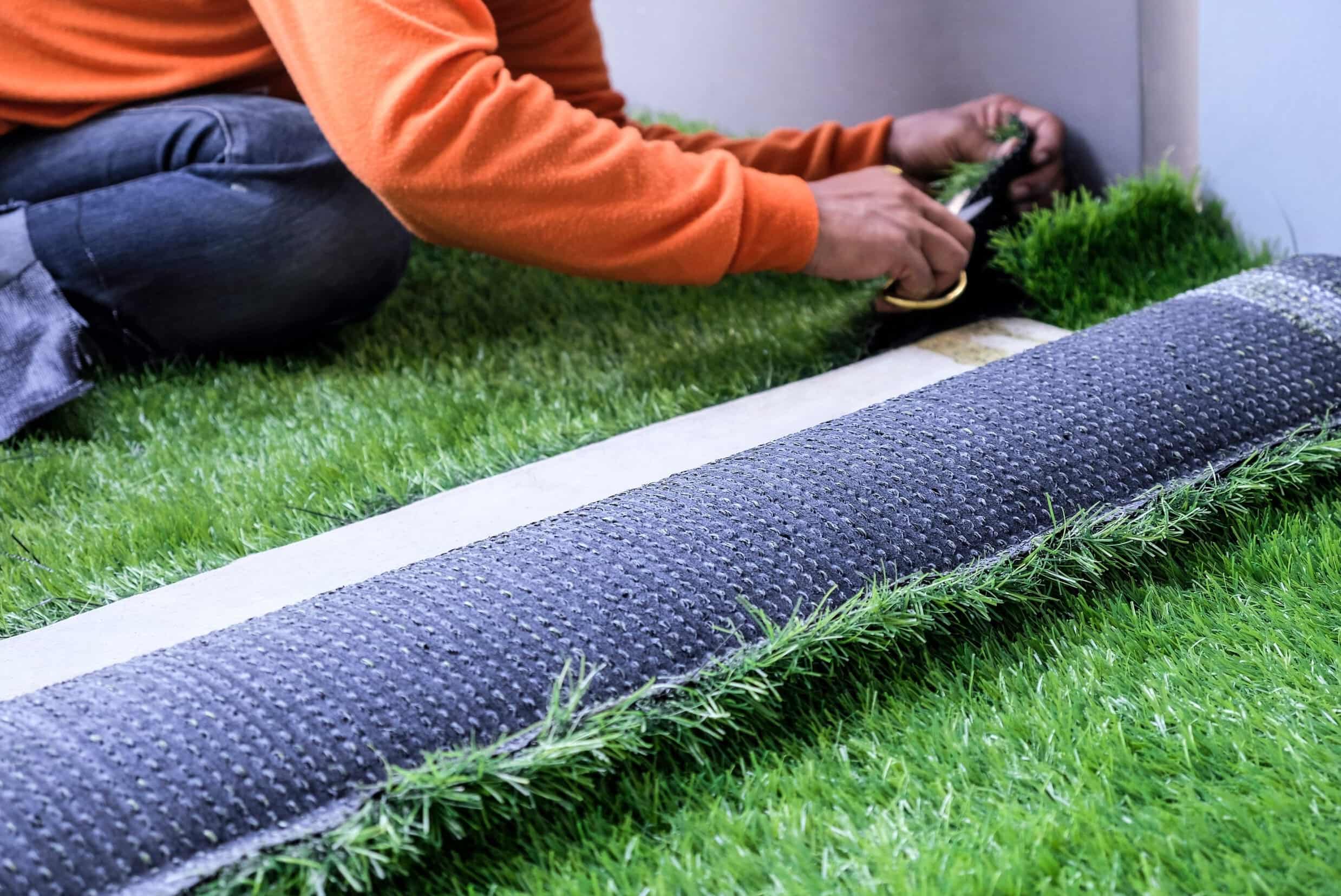

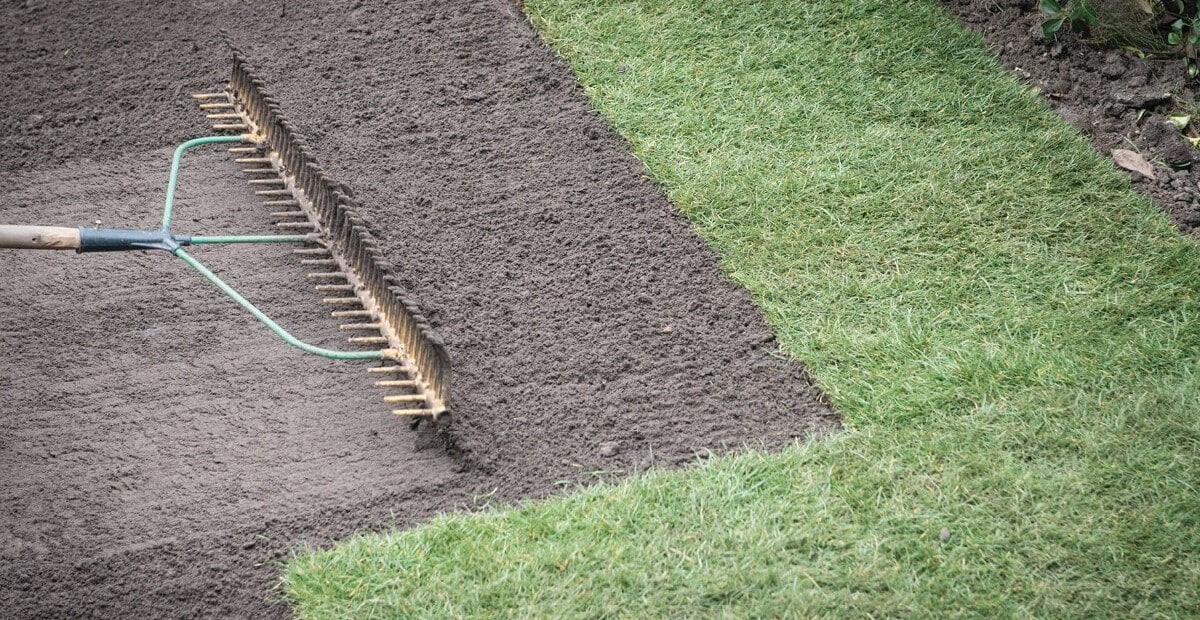
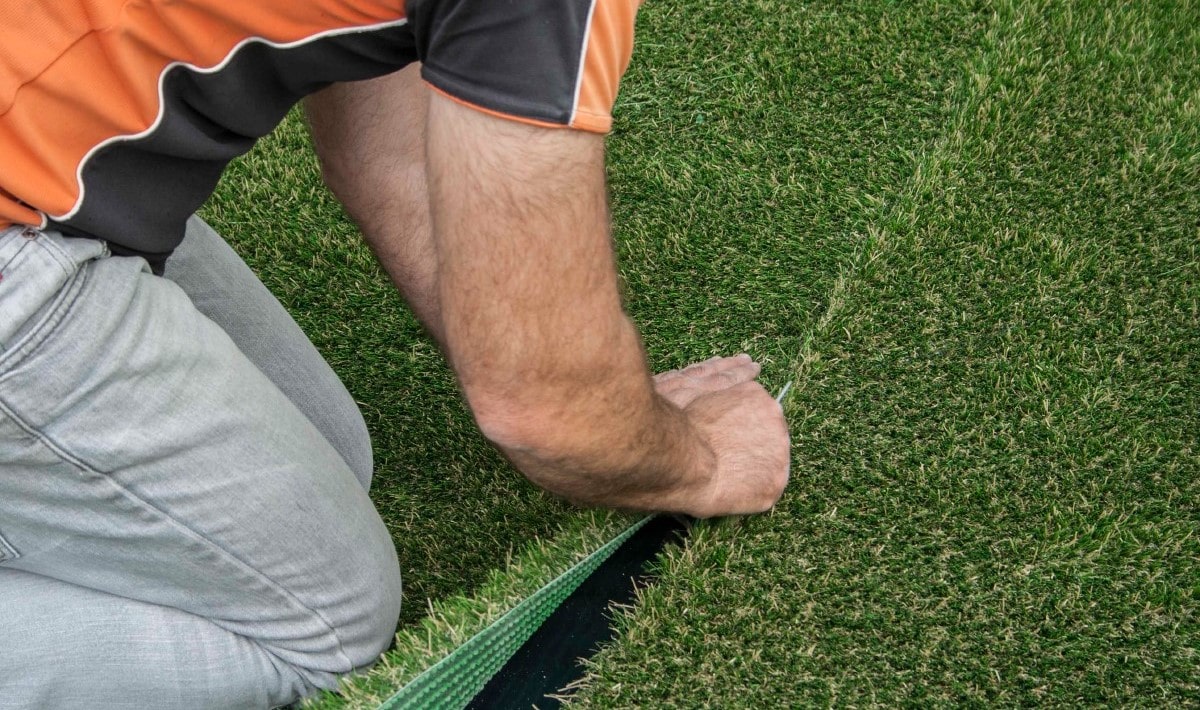
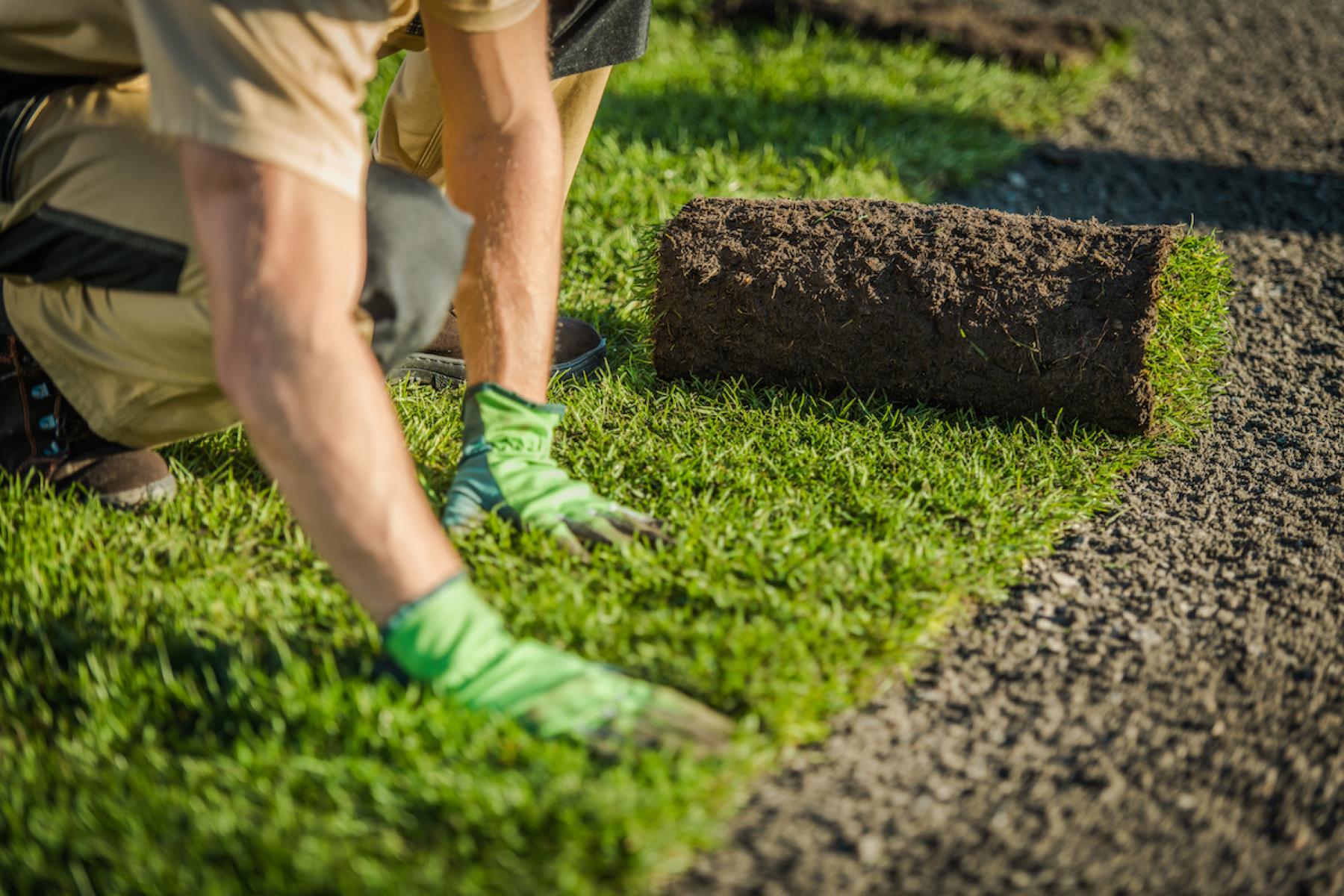
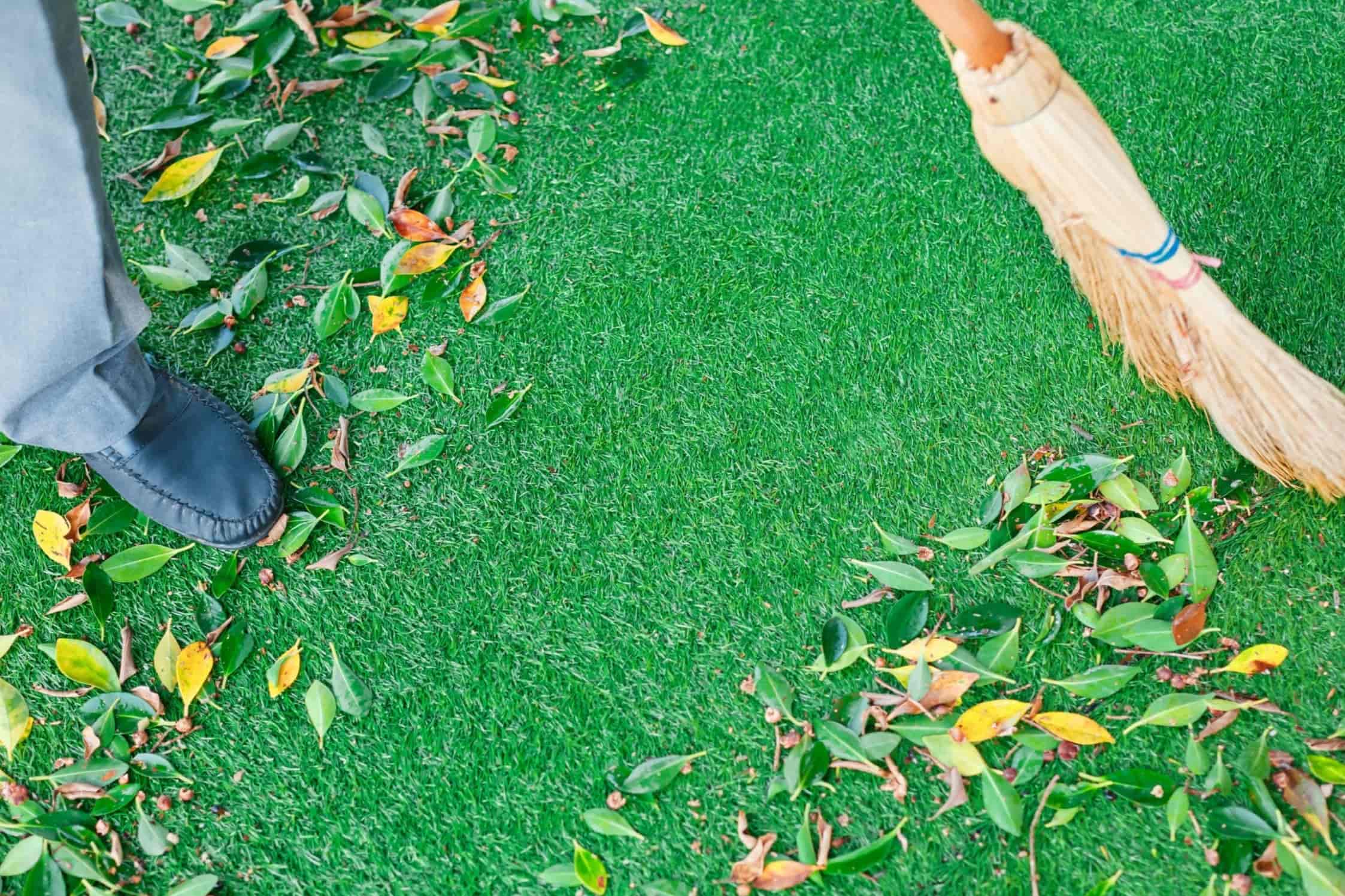


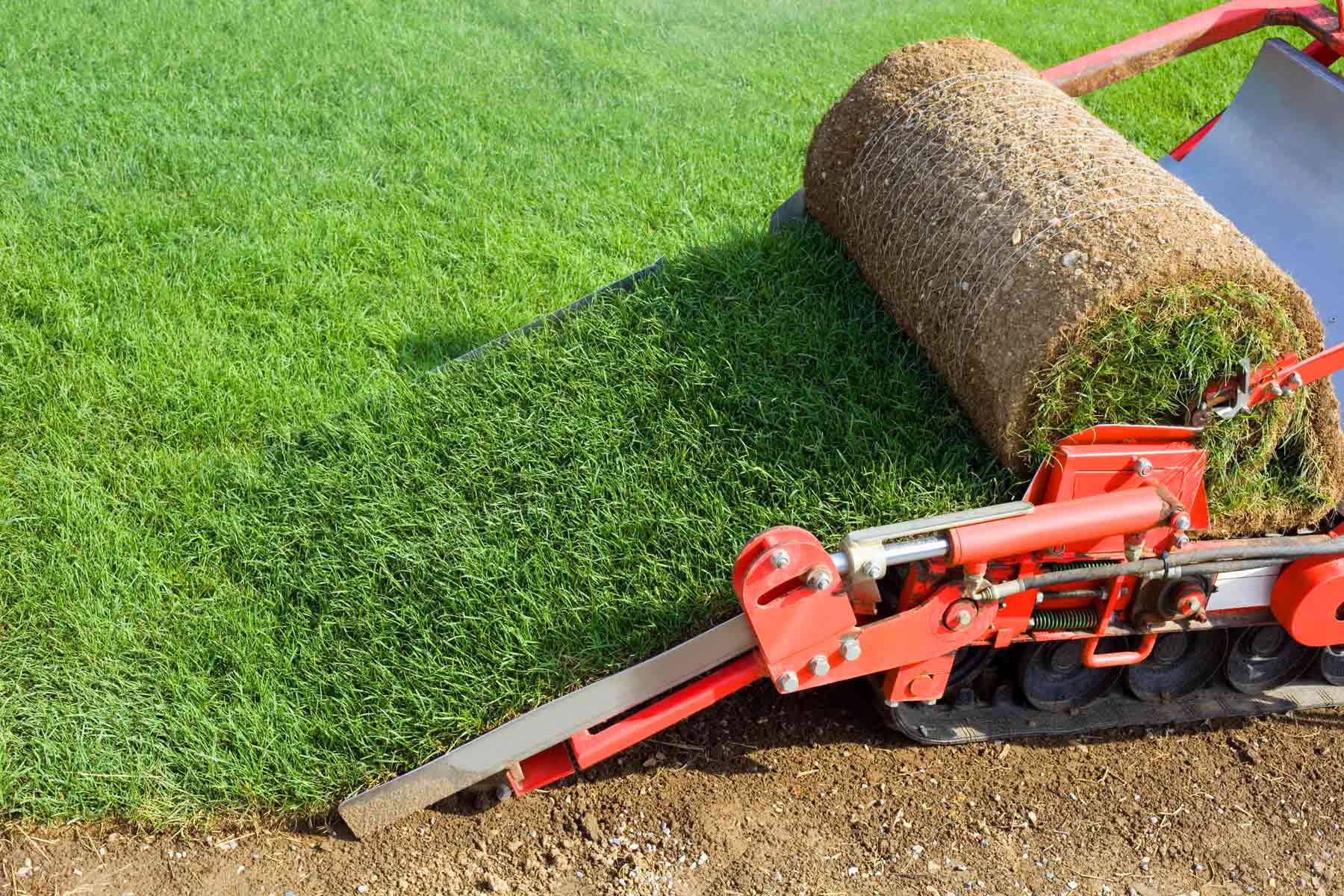

0 thoughts on “How Should Turf Grass Be Watered”